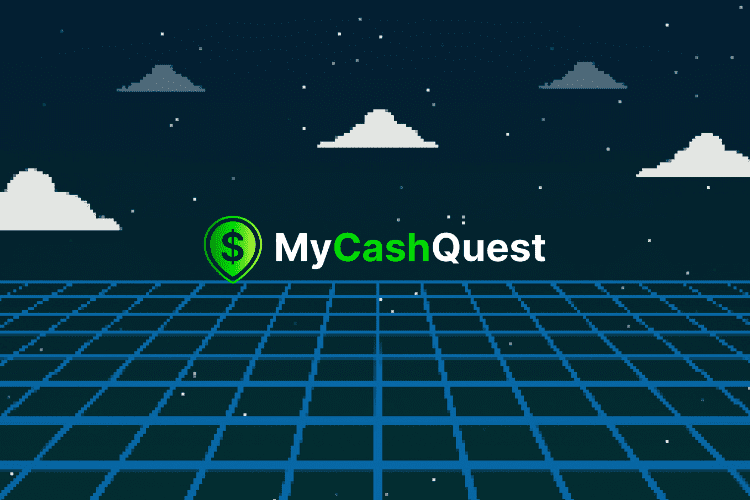What Does a Furlough Mean for You?

Whenever you hear of a furlough, a potential government shutdown is looming. But, there’s no limitation on an employer furlough. A furlough can happen with any job, so let’s unpack a little more about how they work, how they affect employees, and how they differ from being laid off.
Why Would a Company Furlough Employees?
Companies sometimes encounter situations that cause them to make extreme decisions that affect their employees. Some examples could be decreased sales, lack of a budget, insufficient work, a company reorganization, slow economic conditions, or extreme disruptions like a pandemic. Government furloughs loom when Congress neglects to have an approved budget.
What Is a Furlough?
A furlough is when an employee is excused from work for a period of time at the employer’s request without pay. A furlough can be an unpaid leave of absence or a reduction in work hours typically resulting from a lack of a budget.
How Does a Furlough Work?
The Fair Standards Act (FLSA) has established guidelines for a furlough, which varies by employment type. Employees must notify employees of a pending furlough. During a furlough, the employee(s) is relieved from his or her duties for some time. It can be short-term or long-term and lasts anywhere from a few weeks to several months or a year.
According to the FLSA, furloughed employees will qualify as exempt or nonexempt employees. There is also the category of military employees.
Exempt Employees: Exempt employees are salaried employees who do not qualify for minimum wages and overtime pay. When exempt employees are furloughed, they do not receive pay but retain their employee benefits. Exempt employees allowed to work during a furlough are paid their full weekly salary.
Non-Exempt Employees: Hourly wage employees are considered non-exempt employees. When non-exempt employees are furloughed, they either don’t work or reduce their hours. They get paid for the number of hours they work.
Military: Service members furloughed are relieved of their posts for some time without new assignments. This is all approved by the appropriate authorities before the furlough happens, and they will not receive pay during this time.
Does a Furlough Impact Employee Benefits?
Furloughed employees are generally still covered under their health insurance coverage unless their hours are reduced so much that they no longer meet the provider’s eligibility requirements. Furloughed employees also maintain other work benefits, like paid time off. For the most part, furloughed employees are displaced, and if they are not getting paid, they may qualify for unemployment. However, depending on the employee’s state, their unemployment office may not feel they qualify for unemployment benefits.
The Difference Between a Furlough and a Layoff
There is a big difference between an employee who is furloughed and one who is laid off. Furloughed employees are still employed and can resume their jobs after the furlough. However, employees who are laid off are separated from their employment indefinitely. Laid-off employees have been let go with no job to come back to. That ends any benefits they had as well as pay. Furloughed employees have job assurance, while laid-off employees do not.
It is possible that being furloughed can lead to being laid off. This is possible when a company does not recover financially as they expected. In this event, they may not be able to return to work all initially furloughed employees.
The Bottom Line
It’s never a good feeling when your job relieves you from your job duties, be it for a furlough or otherwise, especially knowing you may not receive a paycheck. Furloughs don’t just happen in the government; they can happen on any job. The best way to be prepared is to have your finances in order. Start budgeting today to secure the future you want for yourself and your family.
Read More:










